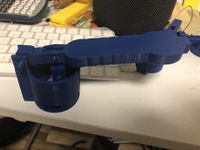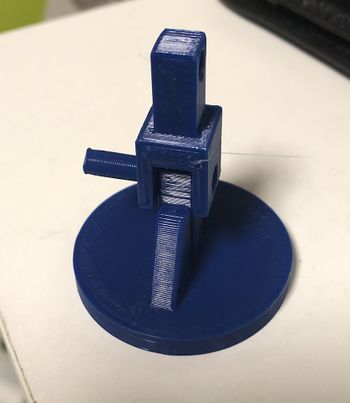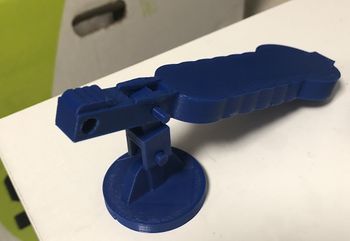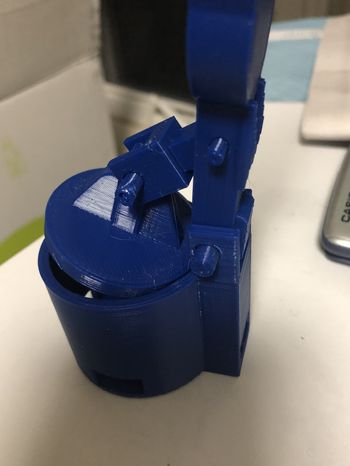| Line 60: | Line 60: | ||
== Benefited Internet Communities == | == Benefited Internet Communities == | ||
* | * Small scale agriculture [http://www.appropedia.org/Small_scale_agriculture] | ||
* Food and agriculture [http://www.appropedia.org/Category:Food_and_agriculture] | |||
==References== | ==References== | ||
Revision as of 09:00, 6 December 2018

Some introduction text and background can go here.
Walnut Cracker
Project developed by [Bharath Sadashivaiah http://www.appropedia.org/User:Bsadashi]
Template:Statusboxtop Template:Status-prototype You can help Appropedia by contributing to the next step in this OSAT's status. Template:Boxbottom
Abstract
- Dried nuts such as walnut are grown in countries like Brazil and India Predominantly. The farmers are usually small land owners with little to no requirement for machinery. For these small scale farmers, cracking walnut with hand crusher is a tedious task and to overcome the issues of ergonomics and usability, the following walnut cracker is designed.
- Walnut Cracker prototype

Bill of Materials
- PLA filament- $2
Tools needed for fabrication of the OSAT
- MOST Delta RepRap or similar RepRap 3-D printer
Skills and Knowledge Necessary to Make the OSAT
- If you used special skill – link to relevant wikipedia or wikiversity articles/courses
Technical Specifications and Assembly Instructions
- From the above mentioned link of Youmagine,, Download all the STL files and print one of each stl file with infill of more than 30%.
- Time to assembly is less then 5 minutes
- Steps to Construct
1. insert the peg between press_cylinder and support_arm.
2. Insert the peg between the upper support arm and the handle.
3. Insert the last peg between the cylinder and the handle
Common Problems and Solutions
- Weld the pegs shut at the ends by using a little heat so that they stay in place.
Cost savings
- Commercially available solution cost upwards of $60.
- The cost to print this device is $2
- Saves the user anywhere between $58 to $80 and hence this device costs only about 3% of the commercially available version
Benefited Internet Communities
References
- The sources of information (e.g. engineering handbooks, journal articles, government documents, webpages, books, magazine articles etc.). References should use the <ref> </ref> and <references/> tags and can be in any format but should include all the information necessary for someone else to find the same information you did. For example: [1]
- ↑ web page: Department of Energy (DOE) Landscaping and Energy Efficiency, DOE/GO-10095 (1995) Available: http://www.eren.doe.gov/erec/factsheets/landscape.html
Based on the developmental needs addressed (e.g. food, heat, electricity, clean water, health care, etc.) be sure to label your device in the proper categories e.g. use [[Category:Water]]. Be sure to categorize your device so that it will be easy to find – for example “Low voltage connection basics” is categorized in [[Category:How tos]] [[Category:Electricity]] [[Category:Electric lighting]].


